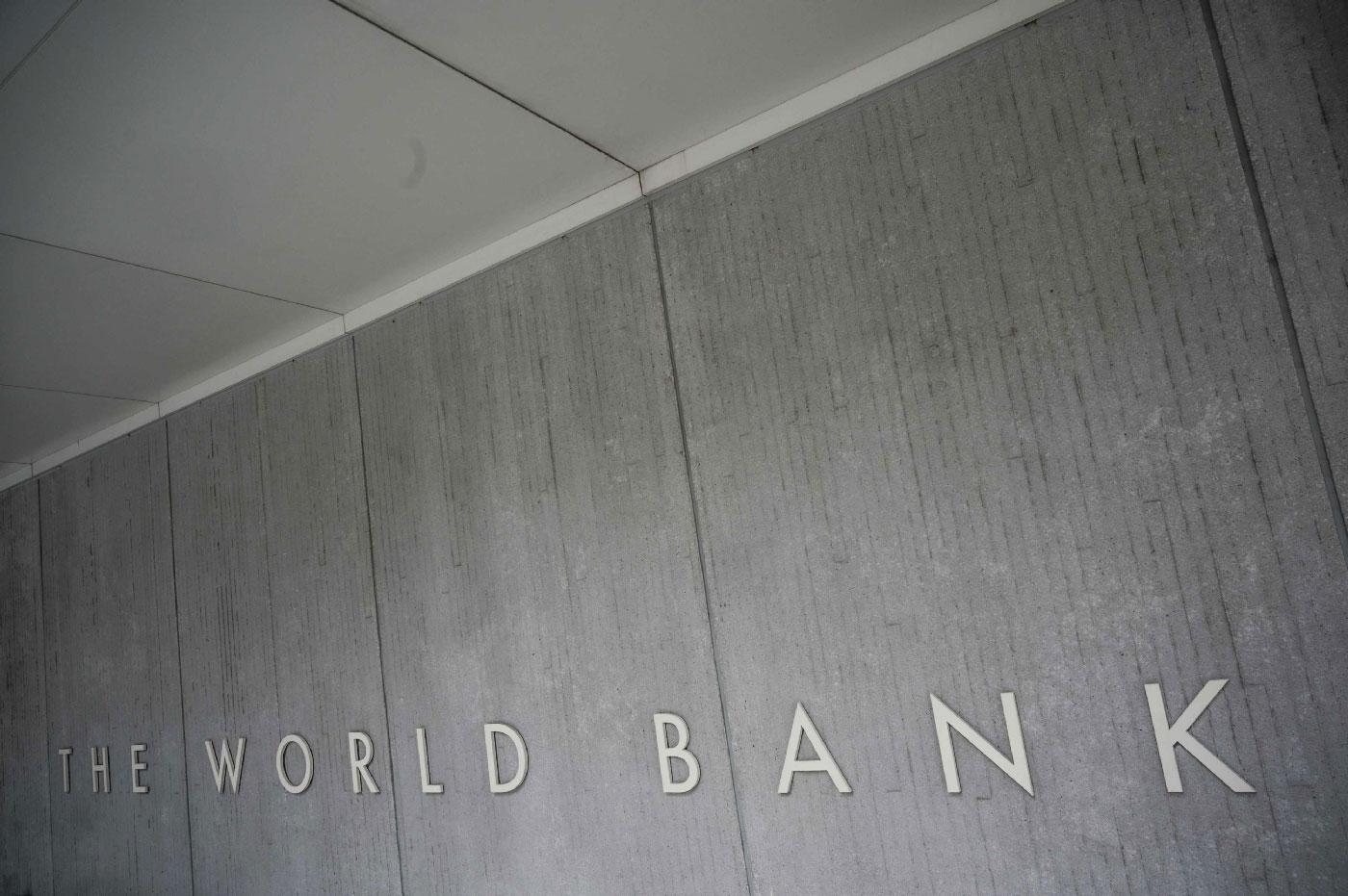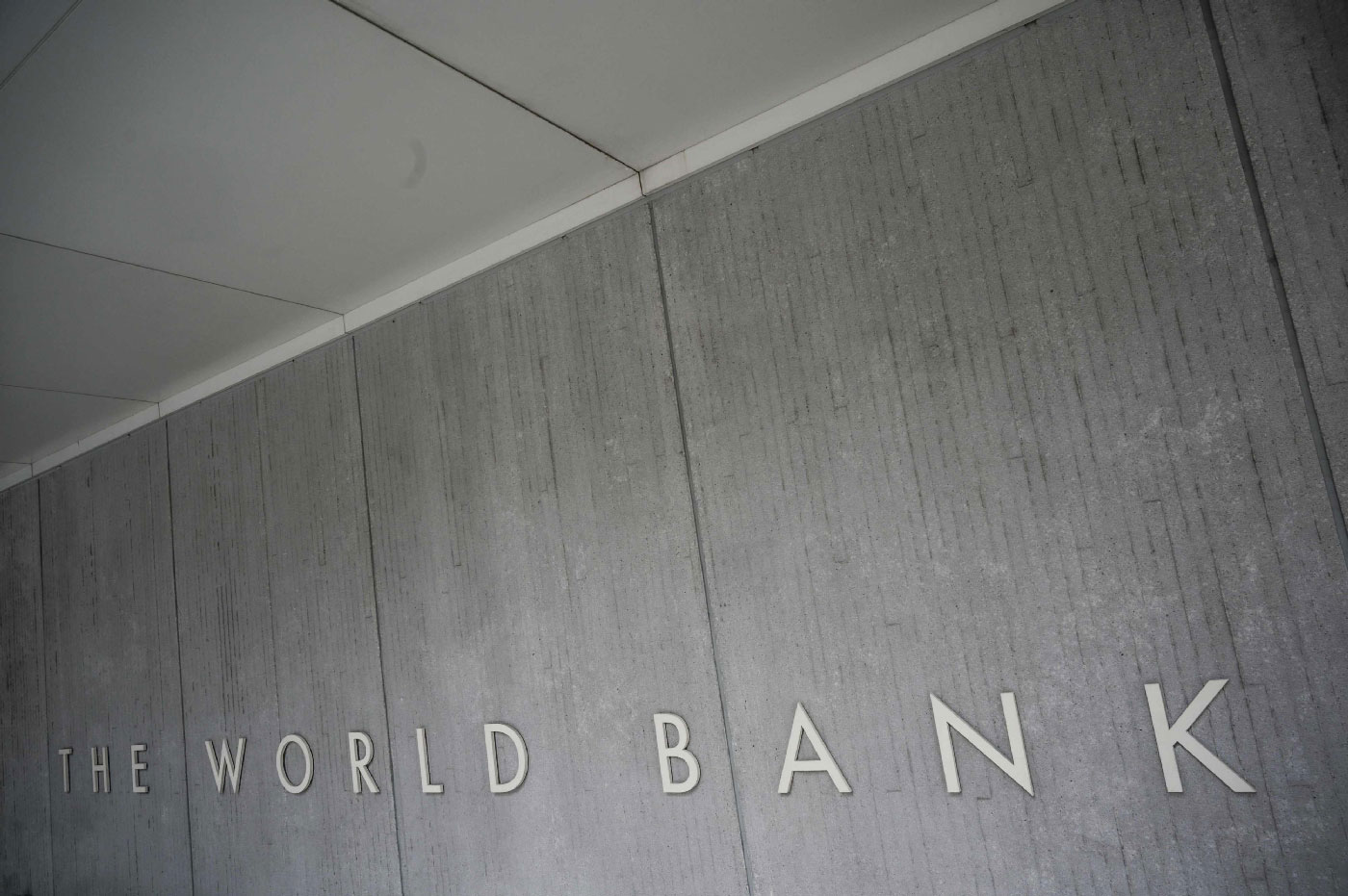World Bank says reforms key to ease Oman debt fears
ABU DHABI - Oman needs fiscal consolidation and better public expenditure alongside implementing reforms to mitigate its growing debt, the regional head of the World Bank said on Wednesday.
Oman's state coffers have been hit by a slump in oil prices over the past few years and the country has increasingly relied on external borrowing to levels that have created concerns among investors and pushed its credit rating into junk status.
S&P Global Ratings estimates Oman's debt to have increased to 49 percent of GDP in 2018 from less than 5 percent in 2014, and it expects it will rise to about 64 percent by 2022.
"There's concern about the growing debt, debt has grown very fast, this is one area they need to pay special attention," Issam Abousleiman, World Bank regional director, GCC countries, told Reuters.
"Fiscal consolidation and improving public expenditure will be key ... these two are important and broader reforms will be very beneficial."
Higher oil and gas prices in recent months have helped Oman and if they press ahead with their economic diversification and reforms, the country should be out from where it is now, he said.
Oman's economy will see growth slowing to 1.2 percent in 2019 as the sultanate's commitment to the December 2018 Opec + output cut constrains oil production, a report released by the World Bank on Wednesday, said.
S&P last month cut its outlook on Oman to negative from stable, saying the country's fiscal and external buffers will continue to erode in the absence of substantial fiscal measures to curtail the government deficit.
For 2019, the oil producer has projected a budget deficit of 2.8 billion Omani rials ($7.3 billion) or 9 percent of gross domestic product, assuming an average oil price of $58 per barrel.
Growth in the Gulf Cooperation Countries (GCC) in 2019 is projected to be similar to 2018 at 2.1 percent before accelerating to 3.2 percent in 2020 and stabilising at 2.7 percent in 2021, the report said.
Saudi Arabia, the largest Gulf economy, is expected to see growth moderating to 1.7 percent in 2019 as higher government spending offsets the impact of oil production cuts implemented in the first half of 2019.
Saudi can reduce its fiscal deficit through efficient expenditure management, Abousleiman said.
Saudi has forecast a fiscal deficit of 4.2 percent of GDP for 2019, down from an estimated 4.6 percent of GDP in 2018.



